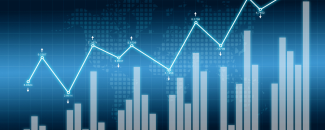Bibliometrics are primarily calculated on the basis of citations from a corpus of scientific articles and are mainly used in certain disciplines (science, medicine, etc.). They can only ever be complementary to qualitative assessments. They have been the subject of various criticisms, in particular when their use goes beyond their intended purpose.
They may be useful for:
- Identifying the impact of scientific publications (primarily scientific articles).
- Identifying periodicals that are considered to be important in your field of research (so you can read them or publish in them).
- Assessing the reputation of researchers, laboratories, universities, countries, etc. on the national or international scientific scene.
There are alternative measures (‘Altmetrics’), which use, among other things:
- Shares on social media (Twitter, Facebook, LinkedIn, etc.).
- Downloads on platforms like Mendeley.
- Mentions in blogs or wikis.
Indicators
This is a selection of the most frequently used indicators.

